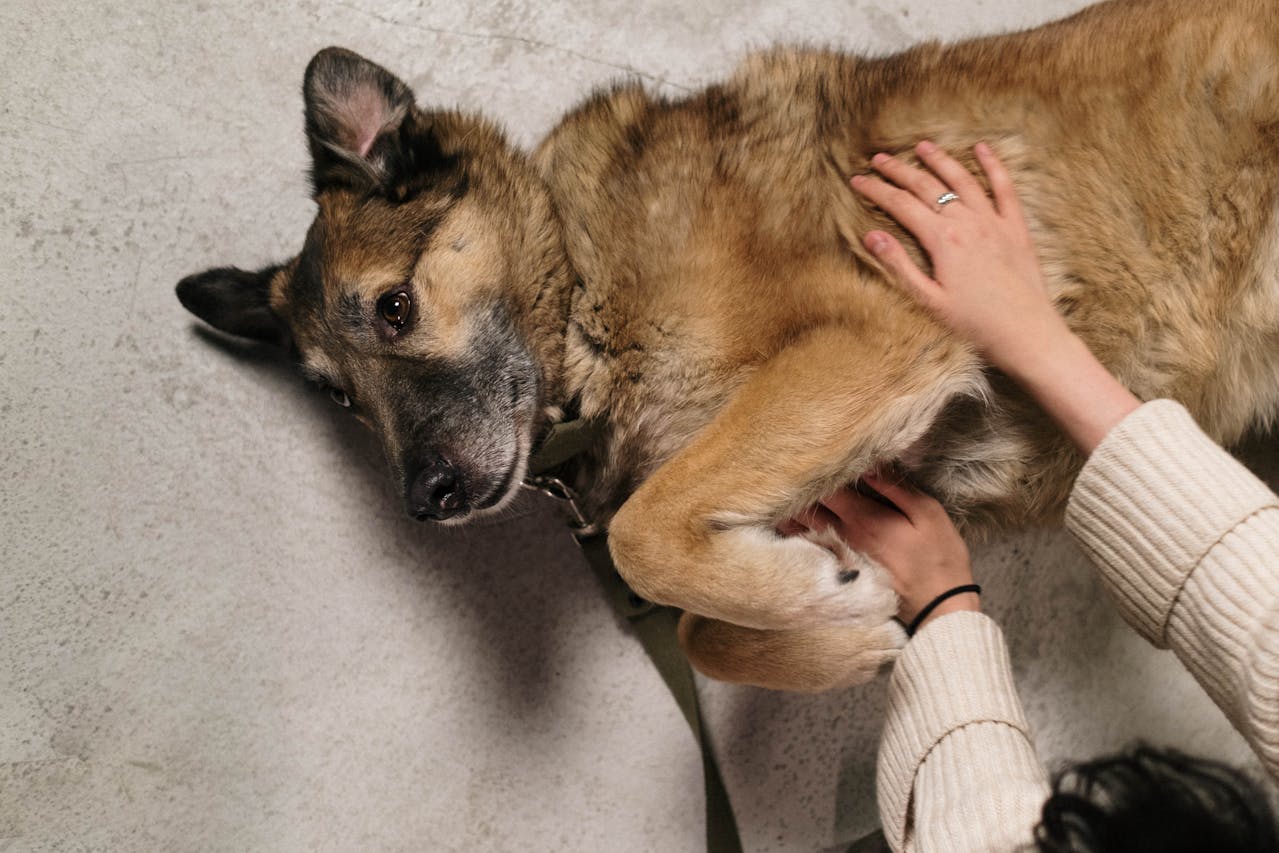Canine Influenza: Understanding and Managing the Outbreak

Since then, cases have spread to places like San Diego and San Francisco. This canine flu strain, H3N2, was new to North America, catching experts off-guard. The usual canine flu vaccine was found to be ineffective against it, leading to more concern among veterinarians.
A well-known Chicago vet, Dr. Jerry Klein, remarked, "This is the worst outbreak I've seen in my 35 years of practice." The virus spreads quickly, traveling through the air and by contact with infected surfaces, creating a high risk for unvaccinated dogs.
Where Did Canine Influenza Originate?
Canine influenza originated as a mutation of the equine (horse) flu. It was first spotted in 2004 at a Florida greyhound racetrack, quickly spreading through kennels, shelters, and veterinary facilities across the U.S. Dogs lack natural immunity to this strain, so it often spreads rapidly when introduced to new populations. Although humans can't catch this flu from their pets, it is highly contagious among dogs and can even infect cats.
Recognizing Signs of Canine Influenza
Signs of canine flu can resemble other respiratory infections like "kennel cough." Infected dogs may develop:
-
Persistent coughing
-
Nasal discharge
-
Fever
-
Lethargy and reduced appetite
Most dogs recover in a week or two, but a cough can last up to three weeks. However, some cases progress to severe pneumonia, especially if secondary bacterial infections set in. In severe cases, bloody pneumonia may develop, which can be fatal.
Diagnosing Canine Influenza
With respiratory illnesses often showing similar symptoms, it can be challenging to pinpoint canine influenza specifically. However, vets can make a presumptive diagnosis based on physical exams, history, and the disease's progression, particularly when symptoms persist despite standard treatments. Additional tests like chest X-rays and blood work can help assess the severity of the illness.
Treatment Options
If you think your dog has a respiratory infection, it's best to see your vet quickly. Dogs showing labored breathing, reluctance to lie down, or unusual postures to ease breathing may require urgent care. For most mild cases, a recovery period of one to two weeks is typical, although antibiotics may be used to prevent secondary infections, and cough suppressants may offer comfort.
Intensive care, such as IV fluids, antibiotics, and oxygen, may be necessary for more severe cases, especially if pneumonia develops. This level of care may continue for a week or longer, with recovery often stretching into additional weeks.
Preventing Canine Influenza
Preventing the flu is similar to how we avoid colds. Since infected dogs can spread the virus days before symptoms appear, limiting exposure can be challenging. The H3N8 flu vaccine, while effective for that strain, does not prevent H3N2 but does reduce the severity of illness and symptoms, including pneumonia. Dogs that regularly interact with other pets at daycares, parks, or boarding facilities benefit the most from vaccination.
Simple precautions can also help:
-
Avoid letting your dog interact with dogs showing symptoms of respiratory illness.
-
Wash your hands and, if possible, change clothes after contact with sick dogs.
-
Use bleach or kennel-safe disinfectants to clean areas and items exposed to infected dogs.
In all cases, follow your vet's advice on vaccinations and preventive measures based on your dog's specific lifestyle and the prevalence of the virus in your area. You can help keep your pet safe from canine influenza with the proper care and preventive steps.
Get insurance plans with wide-ranging coverage options













